"Ewer And Its Basin, Algeria Late 19th Century, Chiseled Yellow Copper"
Ewer, "Ibrik", in chiseled yellow copper, with fleurons, epigraphic decorations, calligraphic cartouches, in very good condition placed on its basin and its grid.Beautiful bronze handle cast in Esse.
All from the end of the 19th century.
Ibrīq, or also Ibrik (Arabic إبريق, often denotes a jug or ewer with a handle. ## During ritual ablutions before prayer, water taken from the ibrīq is poured over the hands and flows into a bowl receptacle provided for this purpose.
While simple water jugs were often made of clay, ewers or Ibrik in eastern courts were often of yellow or red copper, very elegantly decorated, chiseled with various decorations and calligraphy.
Calligraphy is d very developed elsewhere in the arts of Islam, and sometimes even takes on a symbolic value.
Total height on basin: 44 cm, height ewer: 37 cm, Width: 26.5 cm, weight: 1670 grs, diameter of basin 26.5 cm
FREE SHIPPING FOR FRANCE 0€: EUROPE 25€ / WORLD 50€
For more further information you can reach me at 06 13 36 09 30 or on winsteinprovence@gmail.com
www.winsteinprovence.com
Art of calligraphy:
# The Nastaliq: this style spreads over the formerly Persian and Sassanid territories. It is Mir Ali Tabrizi who is at the origin of this style, around 1370. From the 15th century, its elegance, its beauty which take the form of a suspended composition lead it to impose itself everywhere in Persia, Gulf Persia, China, Afghanistan.
Its peak is between the 17th and the beginning of the 20th century.
# The Diwani: of Ottoman origin where it had its peak (the word diwani means chancellery) this elegant, very tight style of calligraphy is defined by the elongation of the characters and its majestic ornamental look.
# The Naskhi: the origins of this style date back to the 8th century.
The calligrapher Ibn Muqla reworked it in the 10th century into a more rhythmic form. Ibn al Bawab will also do a remarkable job of making it more elegant.
The simplicity and readability of this style means that there are still more Qur'ans copied in Naskhi today than in all the other Arabic scripts combined.
# The Riqa: it is a derivative of Naskhi and Thuluth, but the letters are much smaller and have more rounded curves.
The center of the loops of the letters is always filled, the horizontal lines are very short and the ligatures arranged with density, the finals being often attached to the initials. It is nowadays the most widely used handwriting in the Arab world.
# The Maghribi: mainly used in the Maghreb countries, in Islamic Spain, it is characterized by the use of a pointed reed.


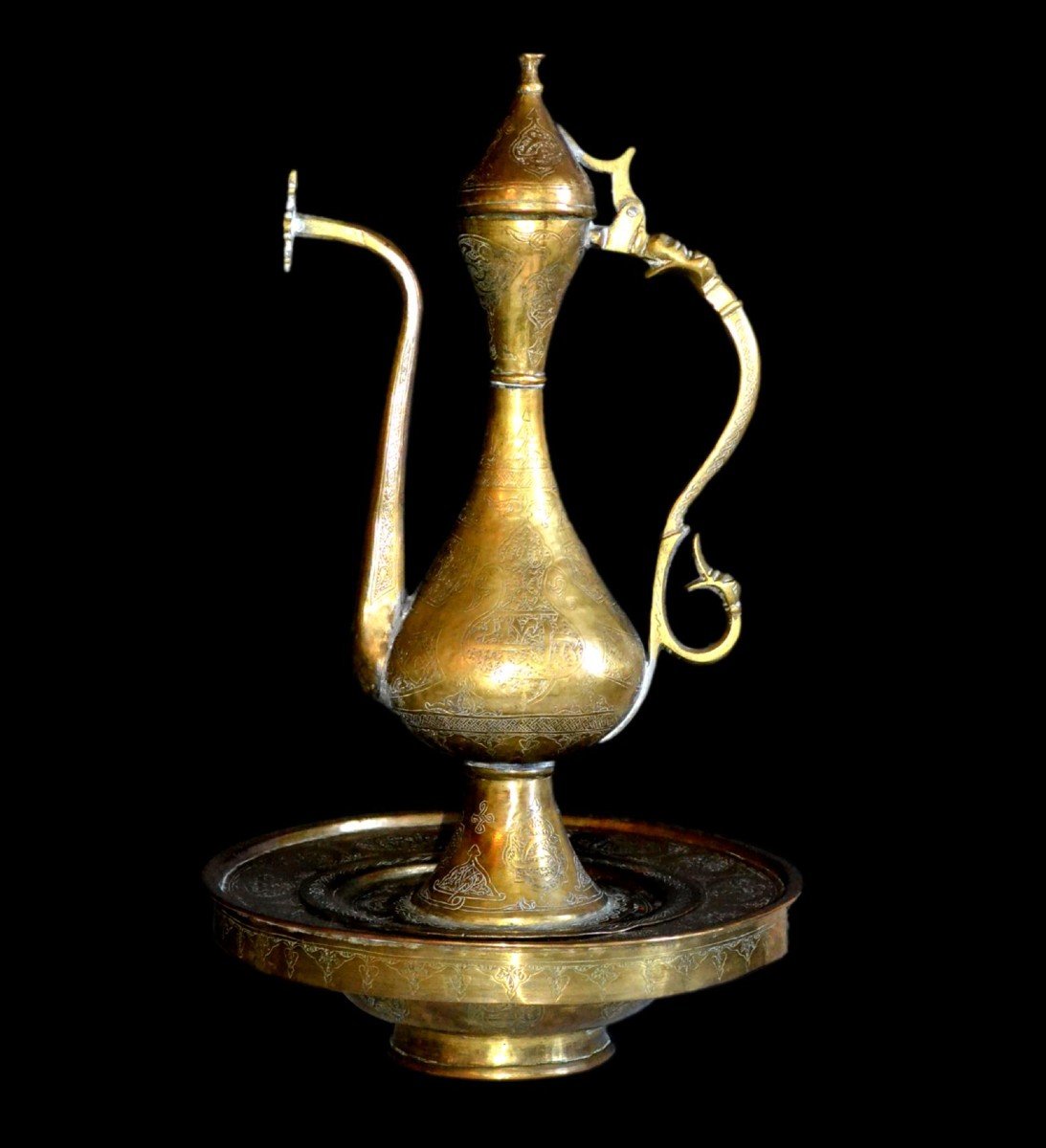
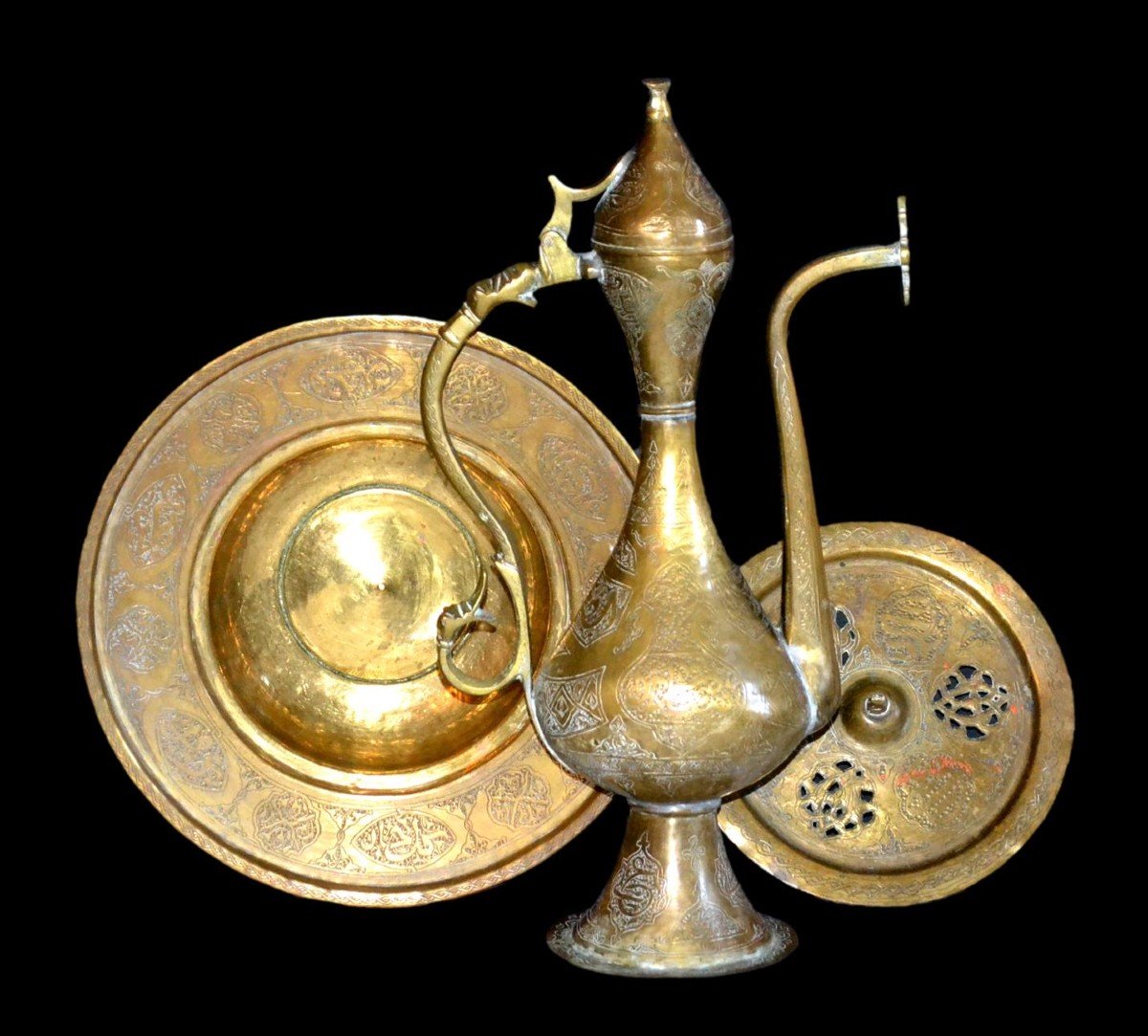

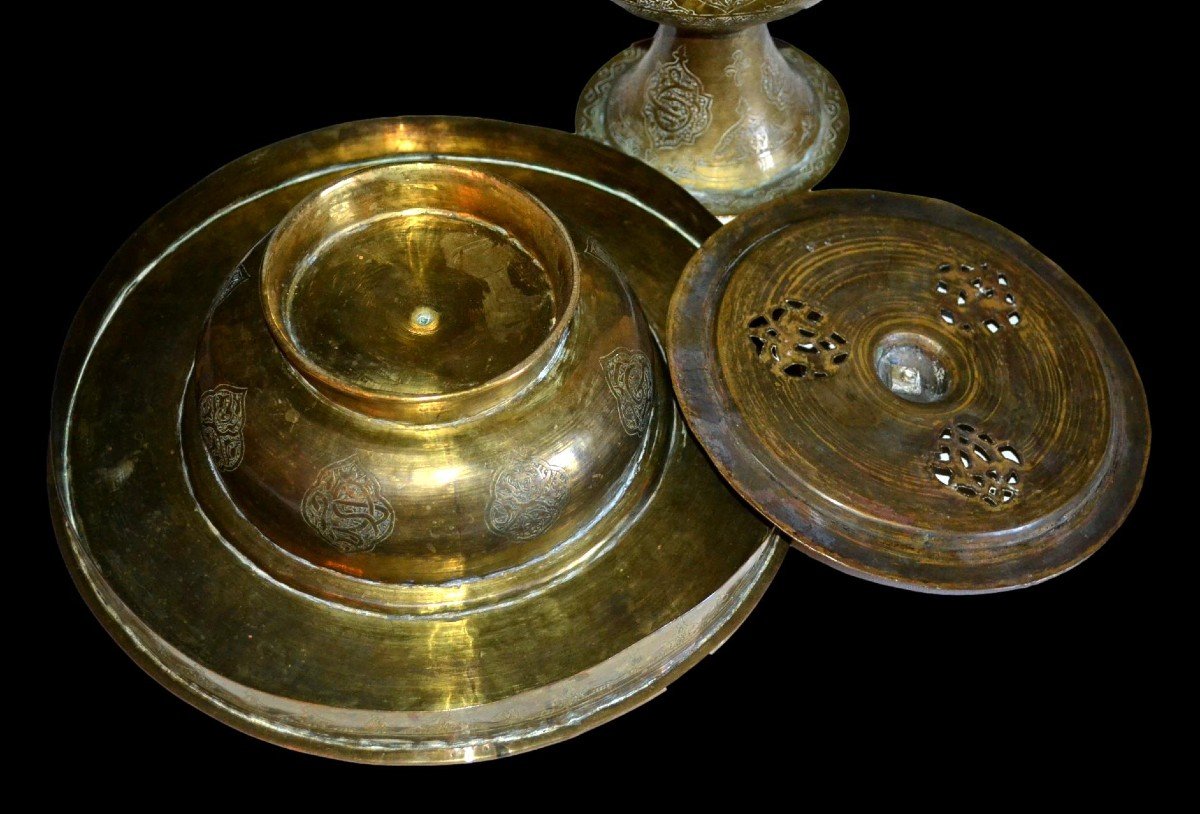
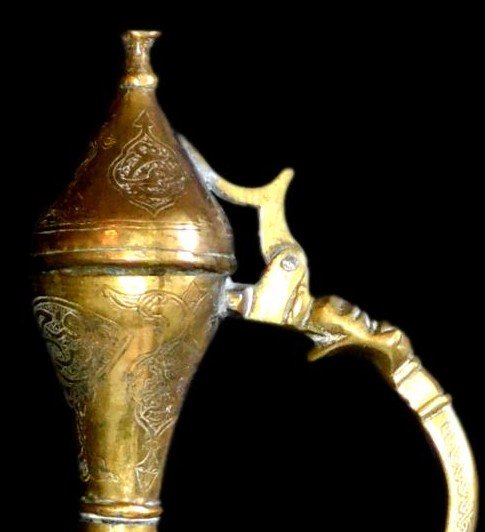
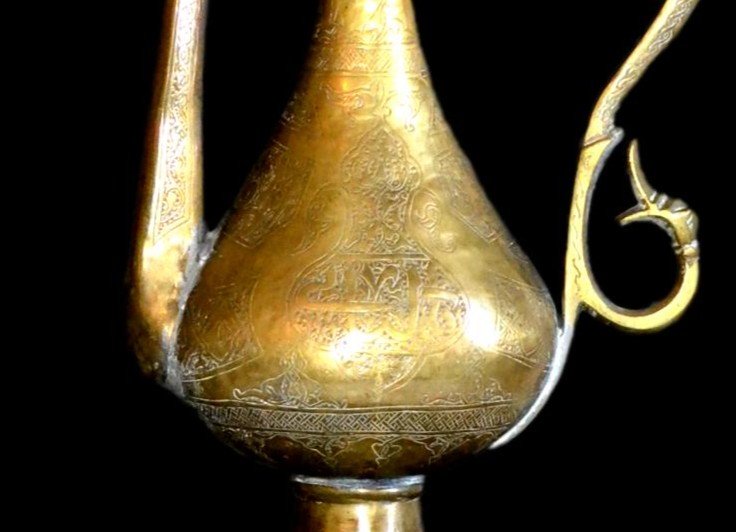
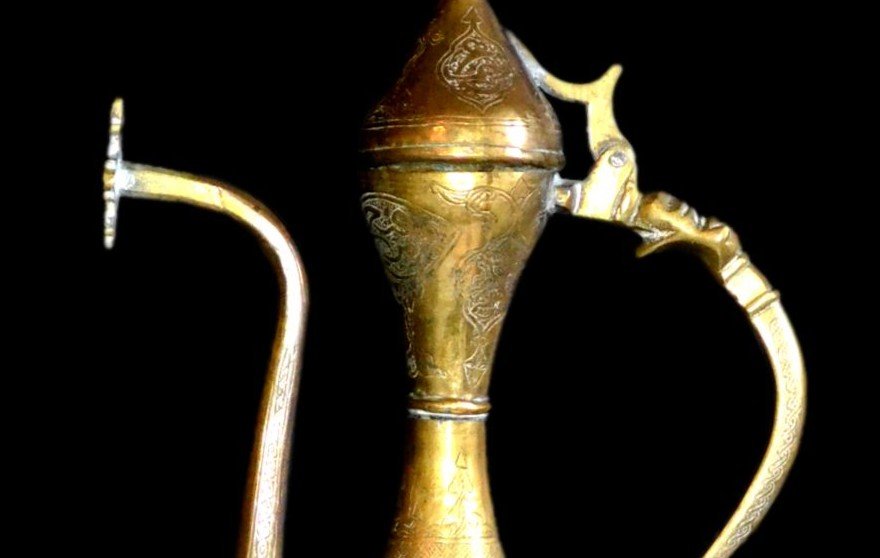



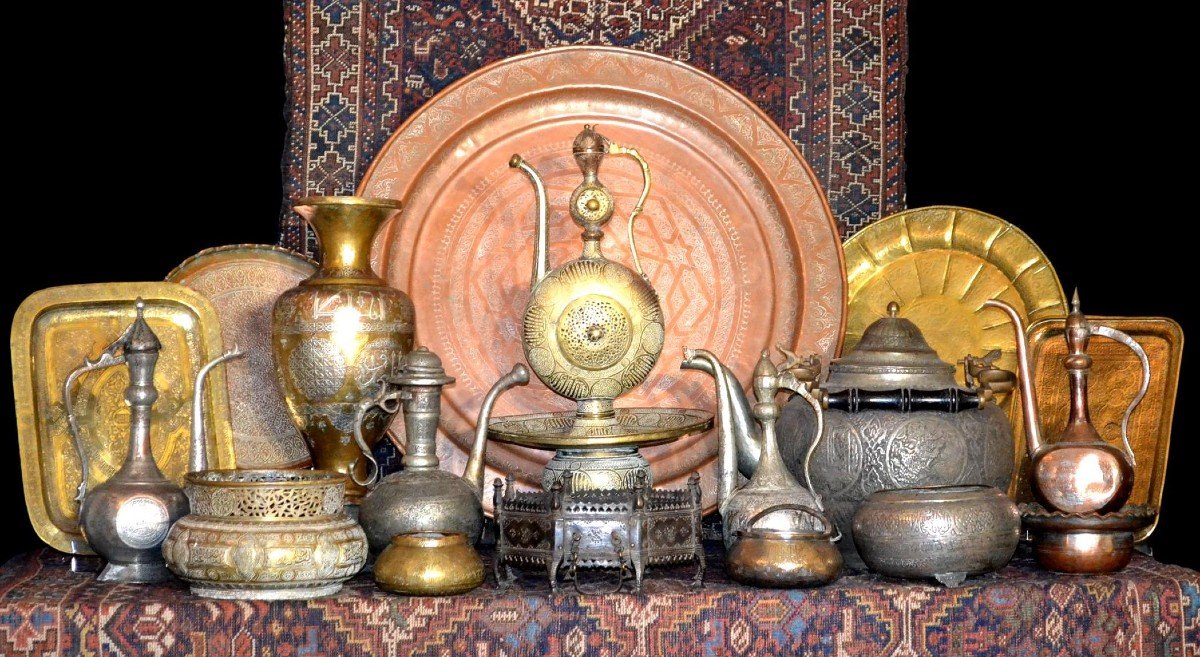
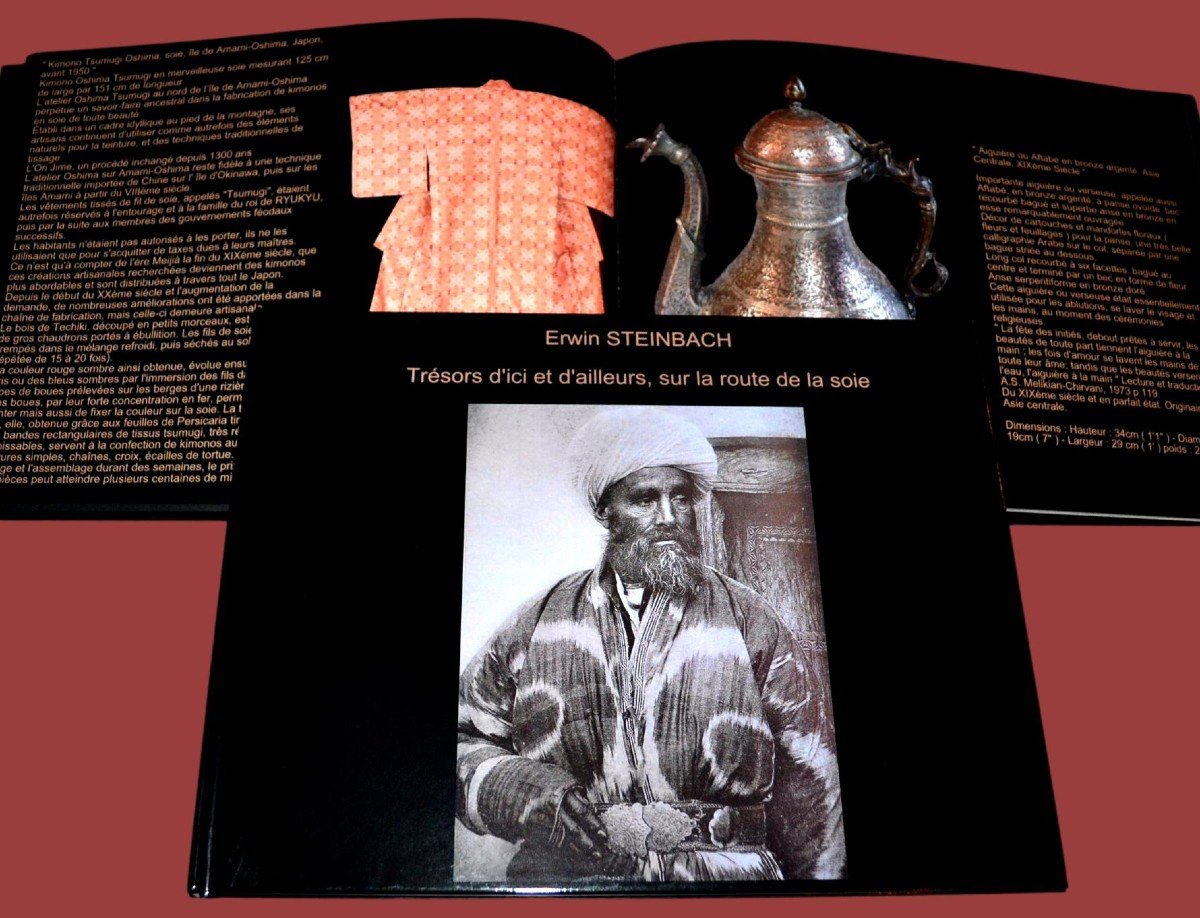














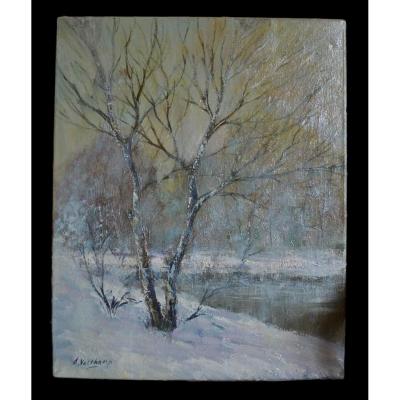

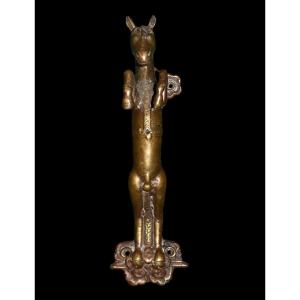


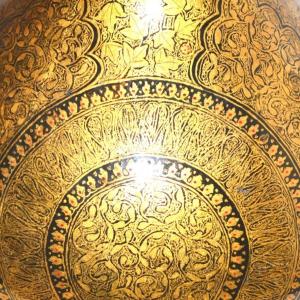


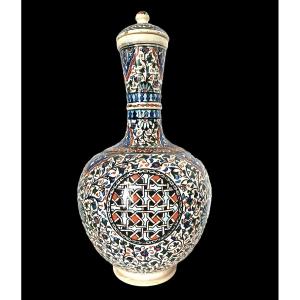

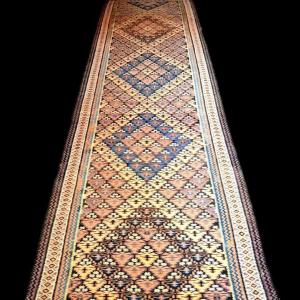
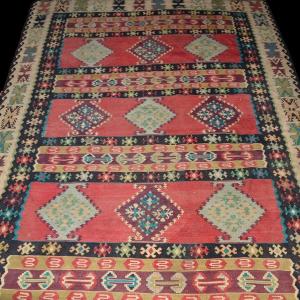
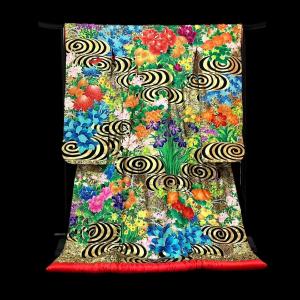




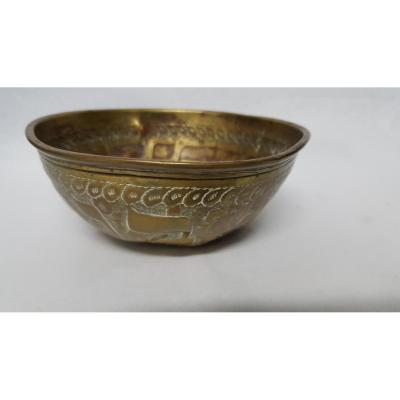




 Le Magazine
Le Magazine Rivista Artiquariato
Rivista Artiquariato TRÉSORS magazine
TRÉSORS magazine